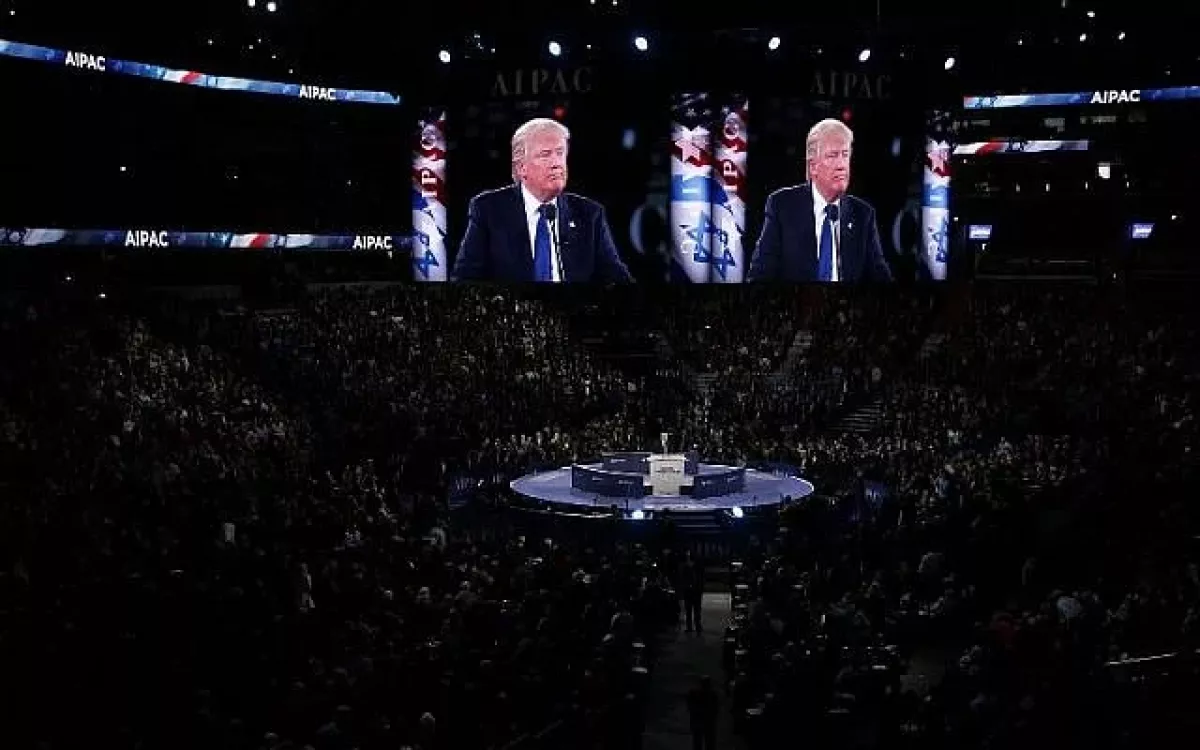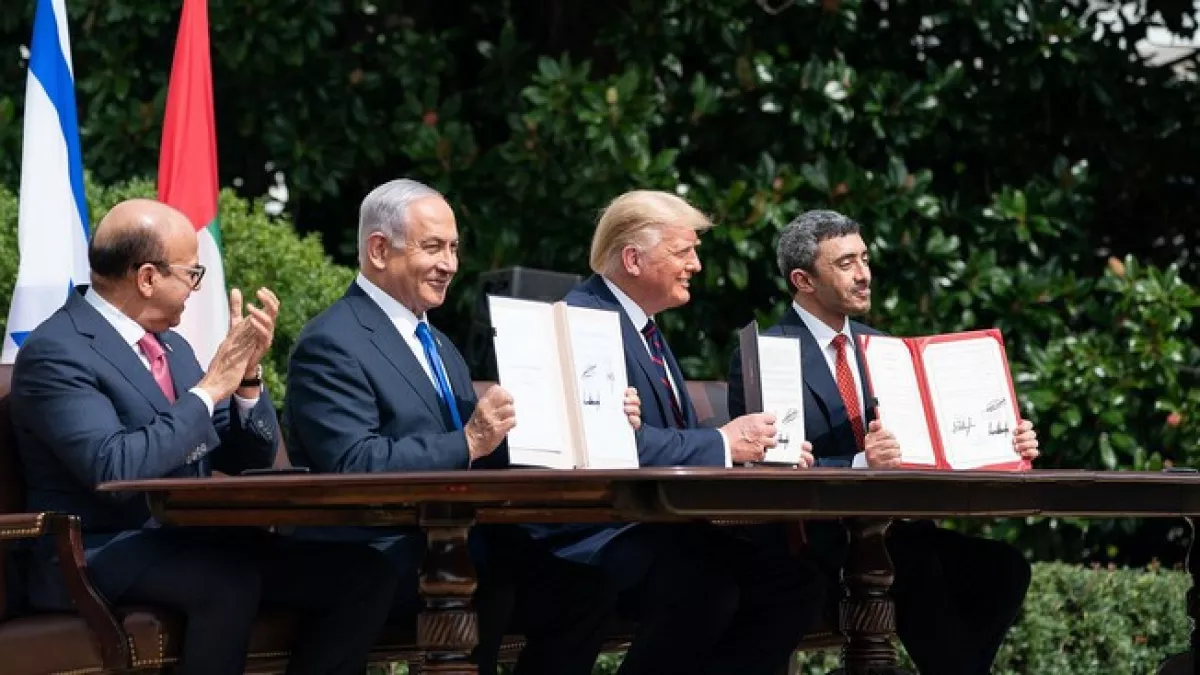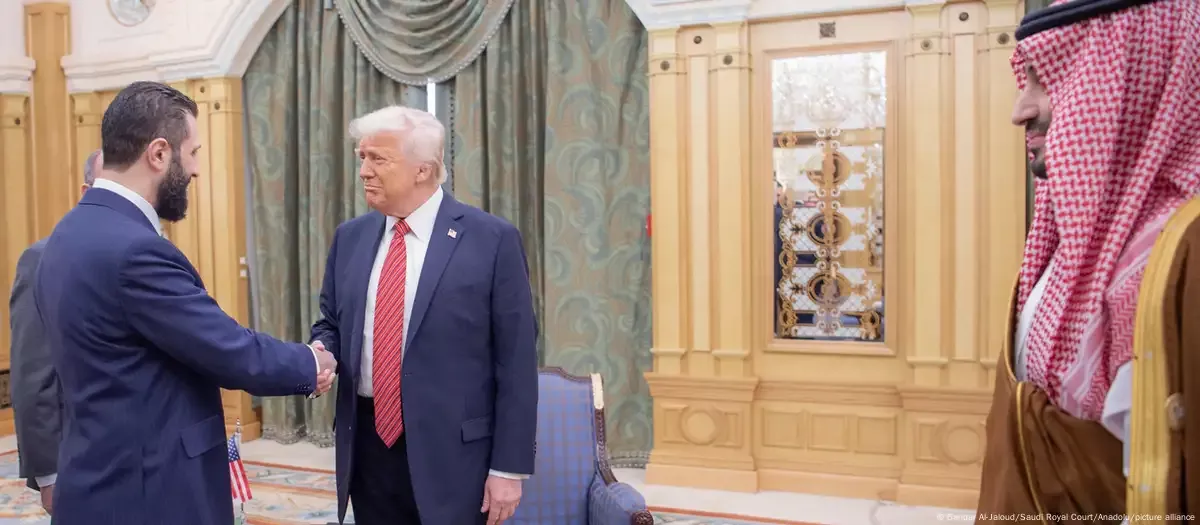The Middle East, Trump-style The strategy reemerges
Donald Trump is one of the most controversial figures in global politics. Some call him a PR genius, others see him as a chaotic showman. The image of an “emotional and spontaneous” leader has firmly taken root in international assessments. Nevertheless, increasingly different views are emerging—ones that point to the systemic and deliberate nature of his foreign policy.
More and more analysts acknowledge how consistently he acts, both in domestic and international arenas. Trump tends to announce his agendas not only well in advance but also with maximum transparency.
This particular aspect began to receive closer scrutiny immediately after the end of the active phase of the Iran–Israel confrontation, when media outlets of all kinds were flooded with reports speculating about the next steps in relation to the Middle East—especially in the context of advancing the Abraham Accords. Moreover, some analysts confidently argue that this very strategy was the underlying cause of the deterioration in Israel–Iran relations, as well as the broader escalation of armed conflicts in the region that preceded the direct clash.

As early as 2016, while running for his first presidential term, Donald Trump presented his vision for the future of the Middle East at a conference of the influential pro-Israel organisation AIPAC (American Israel Public Affairs Committee). He labelled Iran as “the main regional problem,” citing the mounting flashpoints of tension in Iraq, Syria, Lebanon, Yemen, and even Saudi Arabia, while accusing Tehran of supporting Hamas.
Despite frequent accusations of anti-Muslim rhetoric, his first overseas trip as president — to Riyadh — largely dispelled such concerns. According to open sources, during this visit Trump discussed with leaders of Muslim-majority countries the need for joint efforts against ISIS terrorists and the importance of confronting Iran — a long-standing rival of the Gulf states.
In 2019, the United States designated Iran’s Islamic Revolutionary Guard Corps (IRGC) as a terrorist organisation. Then, in early 2020, a U.S. airstrike eliminated the commander of the IRGC’s elite Quds Force. Shortly afterward, the White House unveiled a plan to resolve the Israeli–Palestinian conflict, which proposed that Palestinians relinquish their “right of return” in exchange for substantial financial aid. However, the Palestinian leadership firmly rejected the proposal, which became known in the U.S. as the “Deal of the Century.”
Nonetheless, by 2020, the Middle East had unexpectedly entered a new phase: under Trump’s direct mediation, agreements were signed to normalise relations between Israel and the UAE, Bahrain, Sudan, and Morocco—collectively referred to as the Abraham Accords.

A key factor in the success of this process was already seen at the time as the potential involvement of Saudi Arabia, which, for the first time, allowed Israeli aircraft to fly through its airspace.
Five years later, during his second presidential term, Donald Trump has once again raised the issue of expanding the agreements — reinforcing the views of those experts who believe that the ideas he voiced between 2016 and 2020 are now becoming political reality.
According to analysts, what’s now being discussed is a “comprehensive agreement that includes Gaza (the hostage aspect),” which Israeli sources describe as a “redrawing of the Middle East map.” The Iranian factor is also integrated into this evolving geopolitical framework.
In this context, White House Press Secretary Karoline Leavitt stated that the U.S.–Israel alliance “has never been stronger,” adding, “we are witnessing the beginning of a new era.” This trend was echoed on June 25 by Trump’s special envoy to the Middle East, Steve Witkoff, who drew attention to the possible resumption of contacts with Iran and anticipated significant developments in the process of expanding the agreements between Israel and the Arab world.

Among the countries that may potentially join the Abraham Accords, Syria is being mentioned with increasing frequency. In May 2025, Donald Trump personally called on Syrian President Ahmad al-Sharaa to join the agreement. Other potential signatories include Qatar, Kuwait, Oman, Indonesia, and a number of African Muslim-majority countries—such as Djibouti, Niger, and Mali.
One of the key steps toward realising Trump’s initiative, according to experts, is resolving the issue of returning Israeli hostages. Optimism on this front was voiced once again by Steve Witkoff, who stated that “a deal with Hamas is closer than ever before.”
Overall, Trump’s ideas for reshaping the Middle East—first launched in 2016—are clearly reaching a new stage. Given that the current U.S. president traditionally does not accept defeat and rarely abandons a course of action midway, observers are confident in his determination to see his initiative through to the end.
The Middle East, of course, remains a zone of turbulence and unpredictability. Yet recent developments suggest that local players are increasingly willing to listen, calculate, and make compromises—especially when the political initiative comes from Donald Trump.








